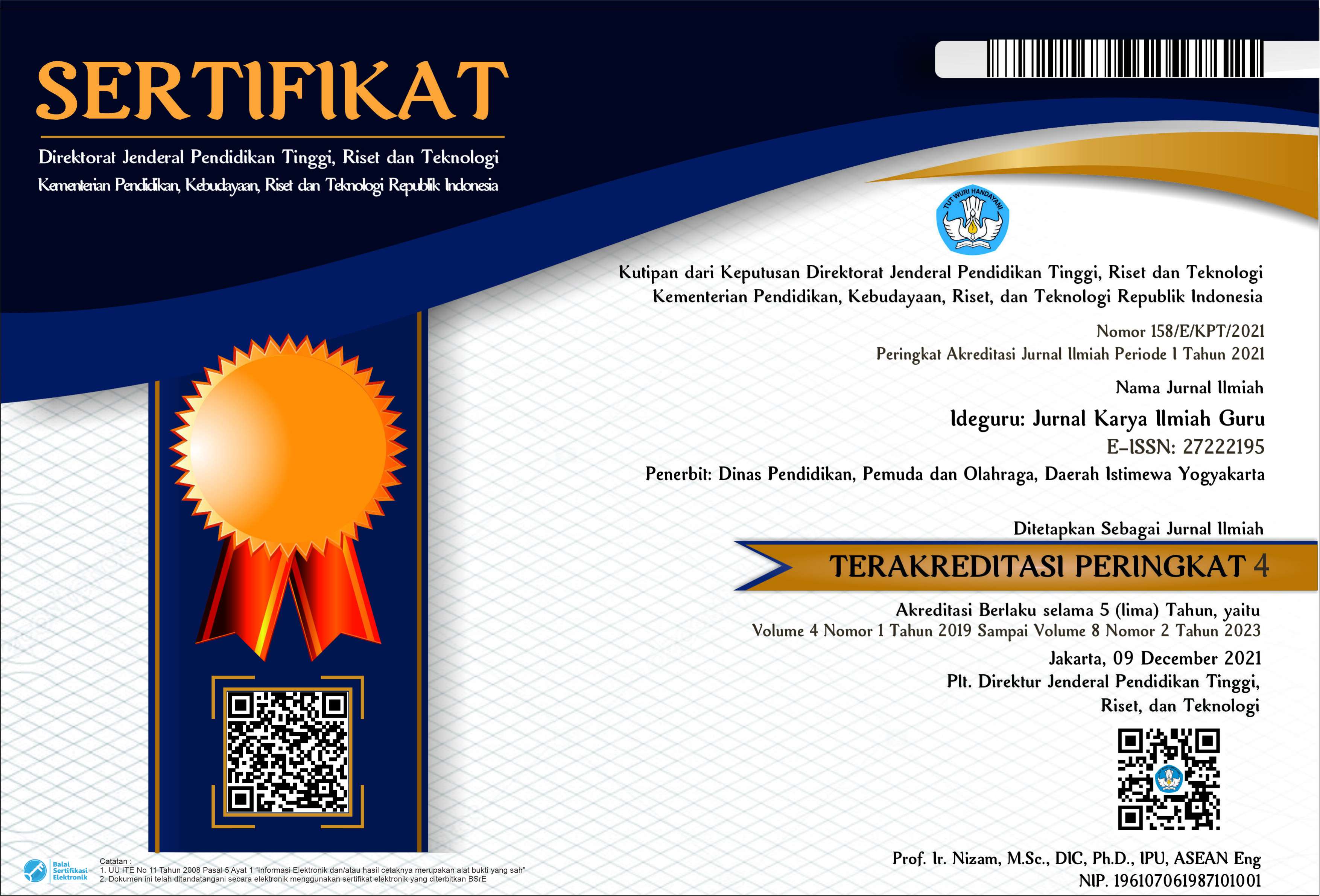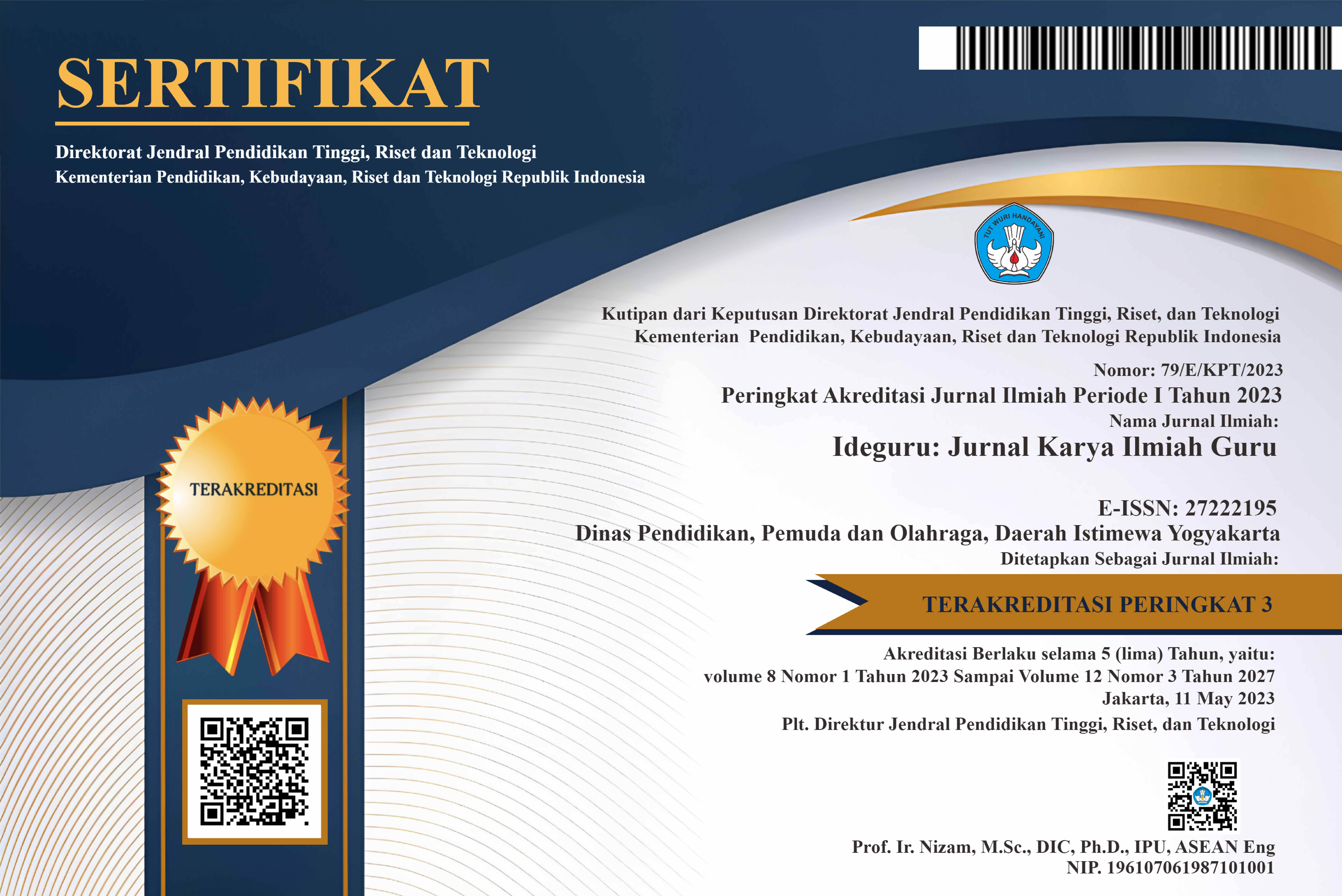Penguatan Literasi dan Numerasi melalui Program Gerbang Buku: Studi Kualitatif di SDN Banyuripan
Abstract
Literacy is a basic skill that is very important in supporting students' academic and social success. However, various data show that the literacy and numeracy achievements of Indonesian students are still low. PISA 2022 results show a decrease in reading and math literacy scores, as well as a high percentage of students who have not reached the basic competency level. Efforts to improve literacy have been made through the School Literacy Movement (GLS) policy as stipulated in Permendikbud No 23 of 2015 and Bantul Regent Regulation No 57 of 2023. The implementation of the policy varies, such as the Book Gate Program at SDN Banyuripan. This study aims to describe the strategies implemented by SDN Banyuripan in strengthening literacy and numeracy through the Gerbang Buku program. The research method used a qualitative descriptive approach. The results showed that the implementation strategy of the Gerbang Buku program at SDN Banyuripan is structured, including the planning, implementation and evaluation stages. Planning is done collaboratively by involving various stakeholders including teachers, parents, the school committee and the literacy community. Program implementation is carried out by making the literacy and numeracy program a flagship program that is implemented in intracurricular, co-curricular and extracurricular activities. Meanwhile, program evaluation is carried out based on student work, developmental phases, and based on student analysis and understanding. The supporting factors for the Gerbang Buku program at SDN Banyuripan are the collaboration and communication between teachers, the literacy community, writers, the Parents' Association (POT), the school committee and other external parties. The inhibiting factors are limited funds, resources and facilities and infrastructure.
PDF Downloads
Copyright (c) 2025 Juniar Sinaga, Suyud Suyud, La Musa

This work is licensed under a Creative Commons Attribution 4.0 International License.

 DOI:
DOI:













